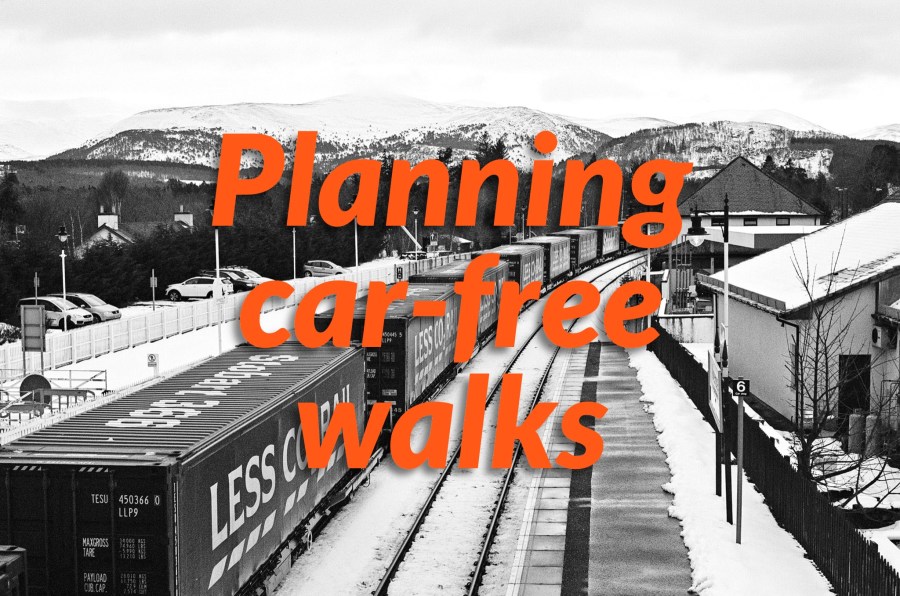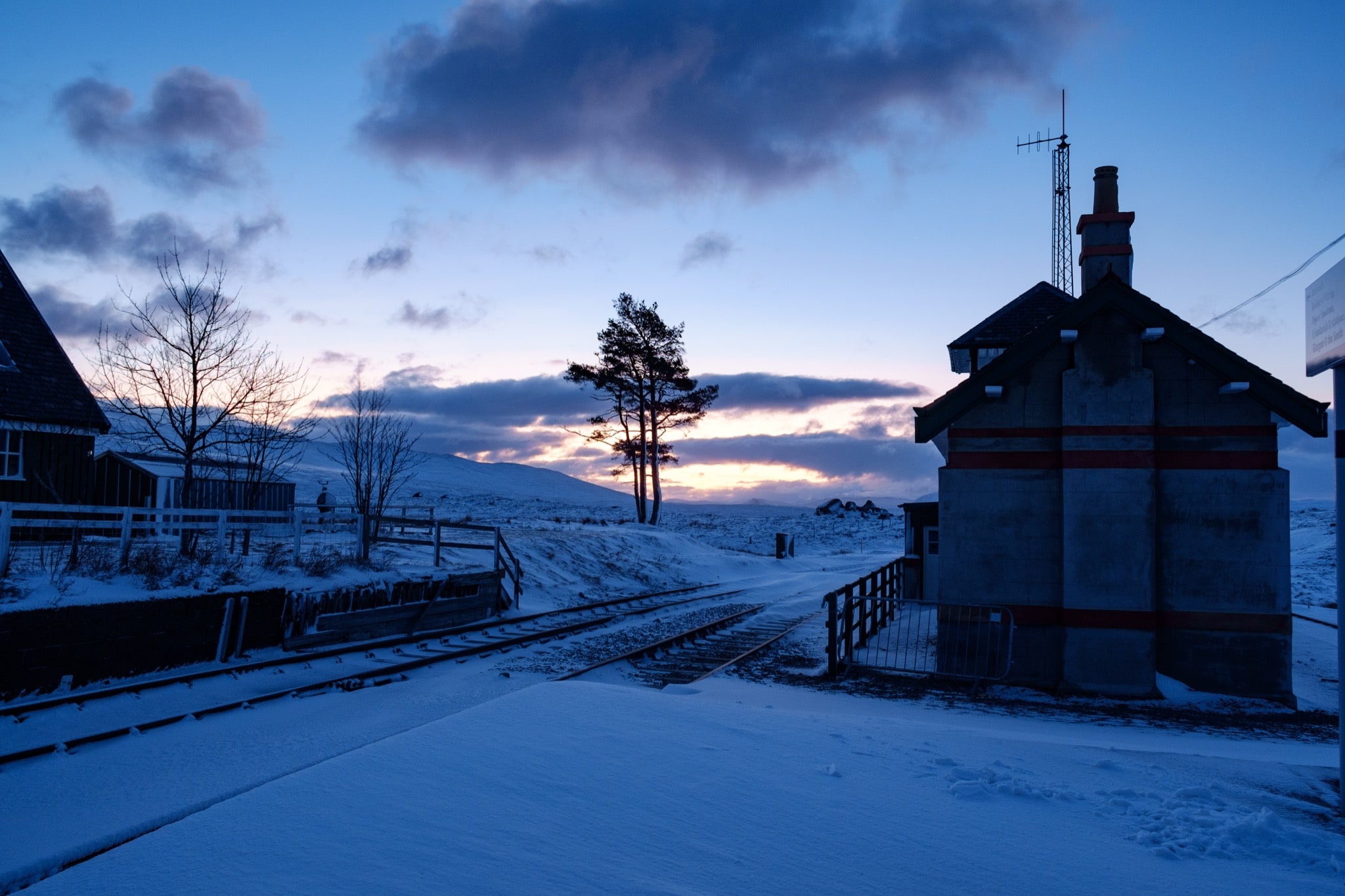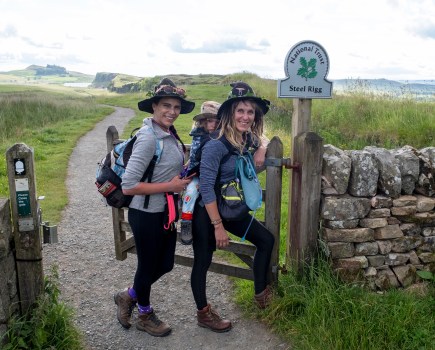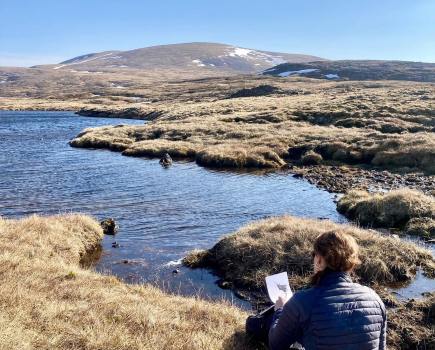Travelling by car can be fantastically convenient, but the cumulative effect of cars on the roads has a significant impact on the environment thanks to toxic emissions. So if you fancy leaving your car at home next time you head to the hills, here are some tips that could be useful.
In the October issue of The Great Outdoors, available now, we’ve included a free 36-page supplement on Sustainability Outdoors. Using more environmentally friendly forms of transport can be part of enjoying the outdoors more sustainably.
Don’t forget to visit our Sustainability section.
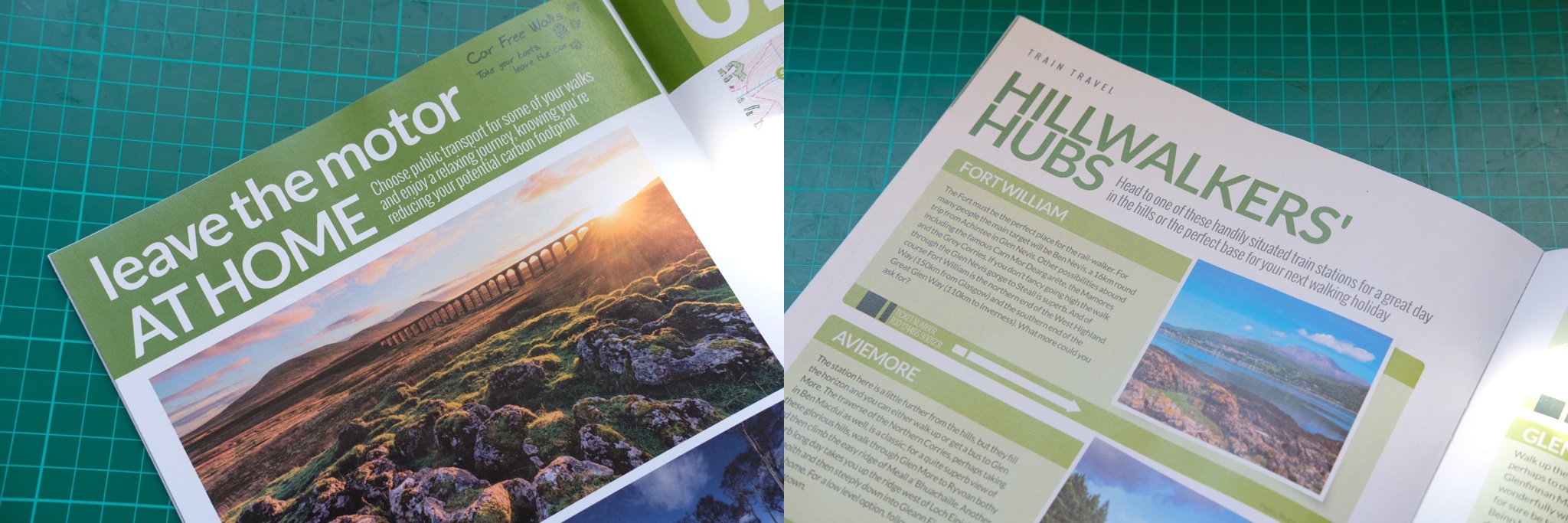
1. Planning is key
You might be used to jumping in your car at the last minute and heading out there with reckless serendipity, but that tactic’s unlikely to play out well if you’re relying on public transport – especially if you live far from the mountains. Public transport is almost always slower than travelling by car, and it’s less flexible too. You’ll probably need to change trains and you may need to take an additional bus journey for the last section.
All this adds up to the need to plan your trips beforehand. Use apps like The Trainline or Bus Checker to figure out timetables and book tickets. Write down all connections and make sure they add up, because few things are more annoying than finding yourself stranded at a remote bus stop because your planning wasn’t up to scratch (see also: point 7…).
2. Book tickets well in advance
It’s an unfortunate fact that travelling by train is expensive, but it can be a lot cheaper if you book tickets well in advance.
Most rail companies offer advance saver tickets with substantial discounts over the full fare. These typically go on sale several weeks before the journey date, and often don’t allow refunds or any flexibility in journey connections, which reinforces the need for careful planning. A fixed-date return ticket can sometimes work out cheaper than an open return.
3. Use hillwalkers’ hubs
What’s a hillwalkers’ hub? In our Sustainability Supplement we list eight: places such as Fort William, Windermere and Betws y Coed that are well-served by public transport and offer many opportunities for outdoor adventures nearby. Other examples include Glen Coe, Shiel Bridge, Keswick, and Settle. The more you travel to the hills by train the more of these places you’ll discover.
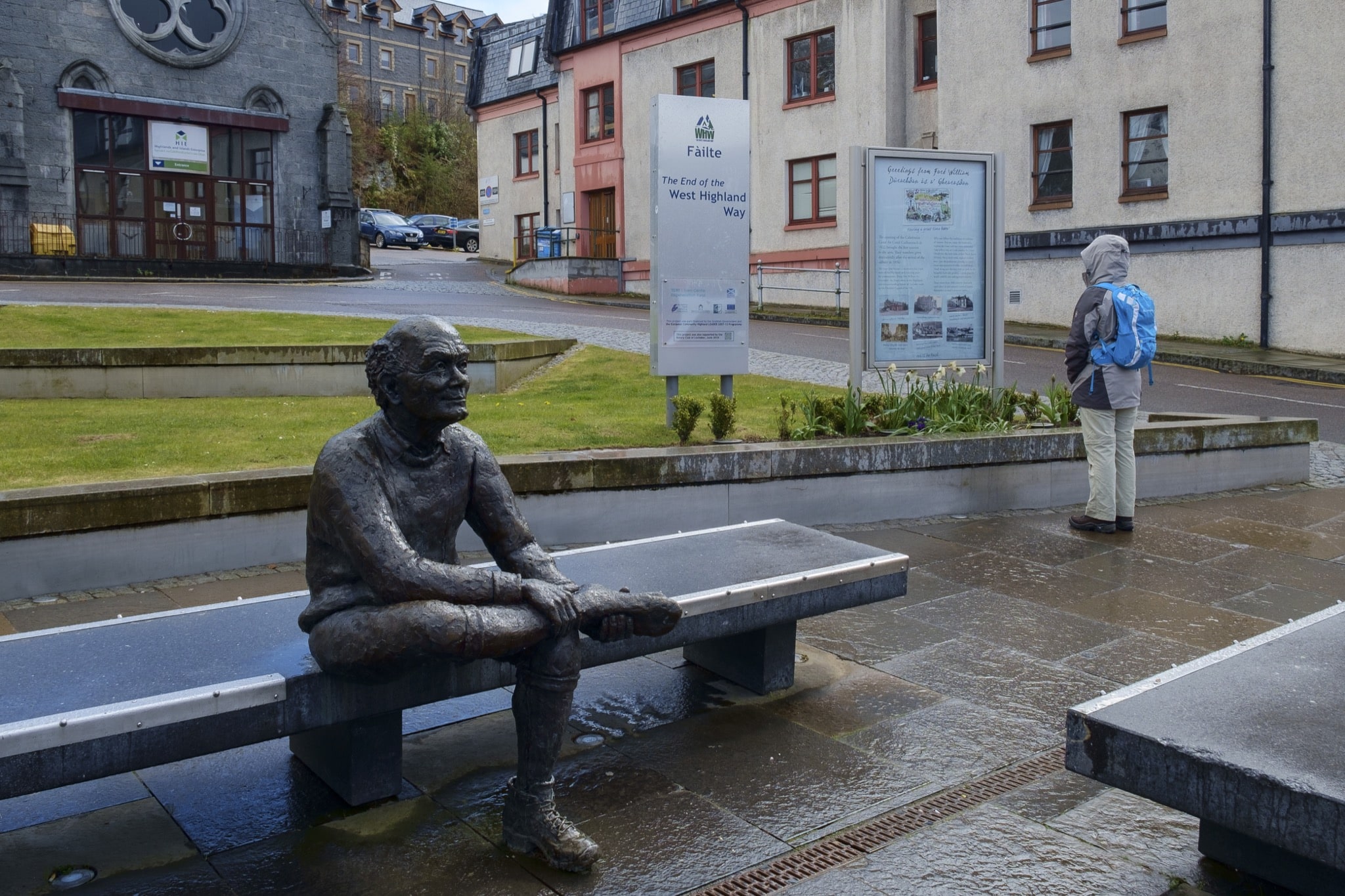
Hillwalkers’ hubs like Fort William make travelling to the hills by public transport much easier
© Alex Roddie
4. Take the coach
National Express coaches can often be booked for significantly cheaper prices than the equivalent rail journey, but will be less likely to get you all the way to the hill. If you live in London, it’s well worth considering a coach journey to Glasgow before taking the Citylink bus to the West Highlands.
5. Embrace the rail fails
Occasionally, rail disruption – or a bus that inexplicably fails to turn up – will leave you somewhere you might not want to be, but that doesn’t necessarily mean heading home. If you find yourself deposited unceremoniously in York while en route to Inverness, why not go walking in the North York Moors instead? Such last-minute changes of plan are easier to manage nowadays thanks to smartphone apps, and can result in unexpected adventures.
6. Car share
Is this cheating? One car on the road is better than two, so we’d say no. If you can team up with a buddy heading in the same direction, car sharing is a great way to avoid taking your own car to the mountains.
7. Hitch-hike
The days of hitch-hiking across the whole country might be at an end, but that doesn’t mean hitching isn’t a feasible option for shorter distances – say, those last few miles between the final bus stop and the end of the road where your walk begins. For tips on hitch-hiking, see our interview with James Forrest.
8. Spend the night in the hills
More time always gives you more flexibility when it comes to public transport, especially if you’re travelling a long way – the connections just might not work out for a day walk. But if you can split your trip over two days with a bothy stay or wild camp, more possibilities may present themselves. If visiting a bothy, remember to always pack out litter and follow the bothy code, and if camping, leave no trace.
Don’t forget to pick up your copy of the October issue for more sustainability tips, including repairing and maintaining gear, choosing durable equipment, reducing erosion, and much more.

